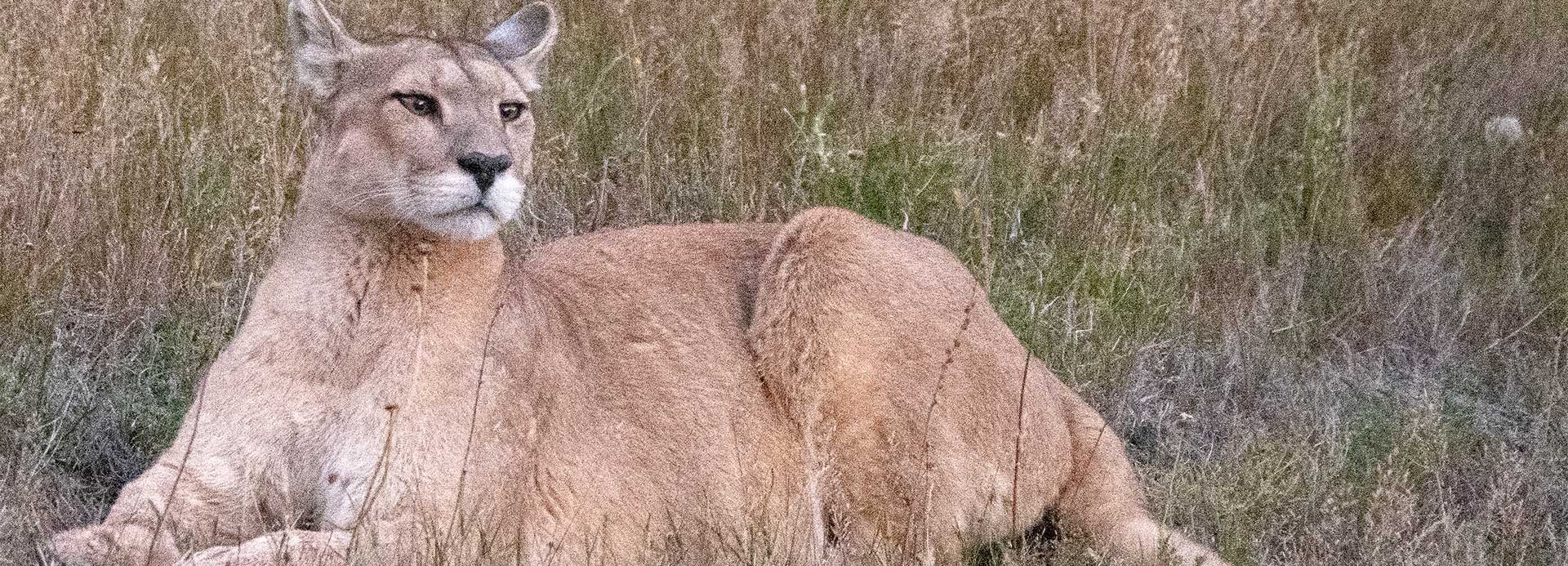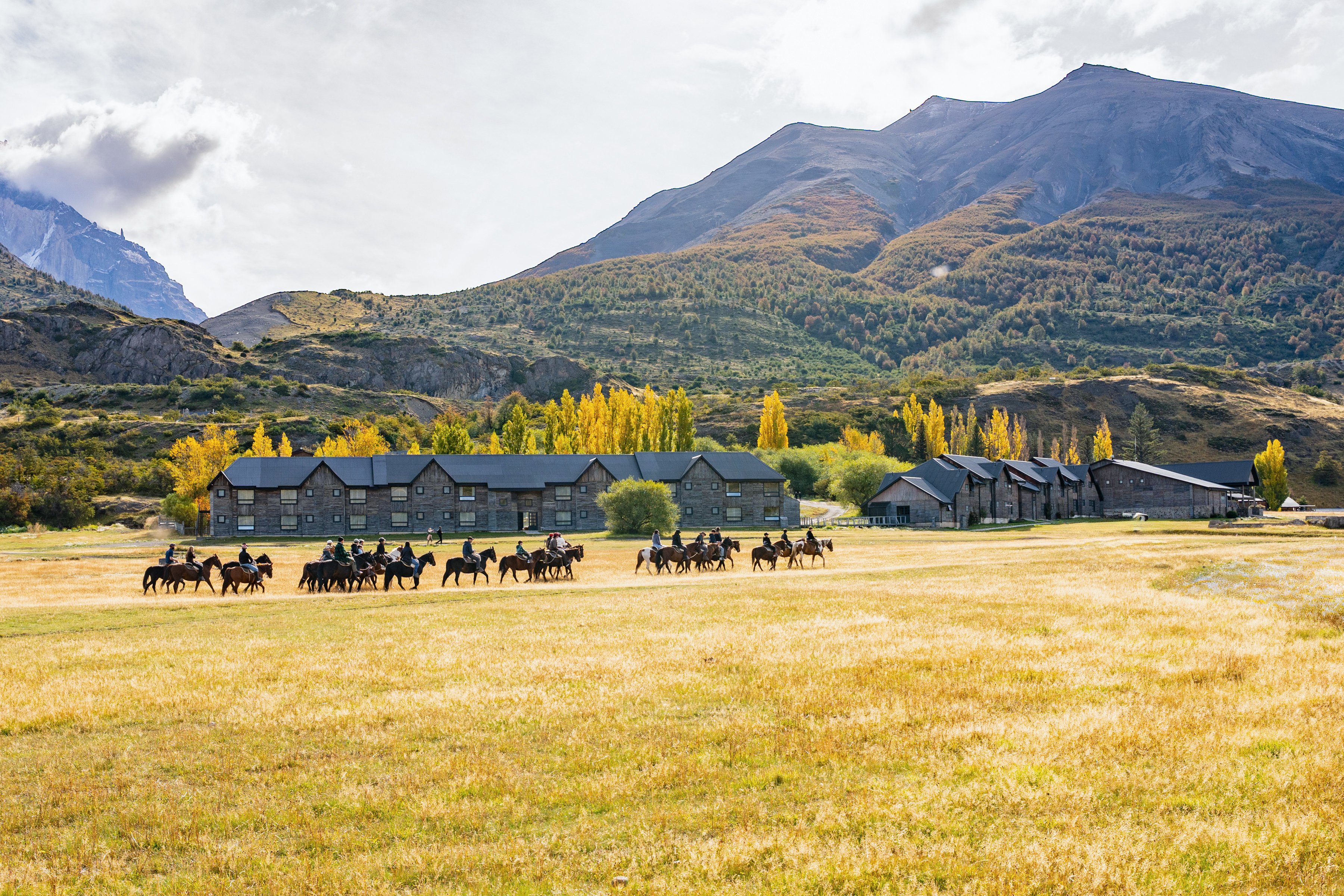The Story of Nelly: Las Torres Patagonia’s Feline Guest
Though not everyone knows it, Chile is one of the world's top spots for puma sightings. Torres del Paine National Park has the highest population density of this feline according to data published by Animal Conservation and developed by the NGO Panthera.
After the jaguar, the puma is the second-largest feline in South America, and at Las Torres Patagonia we are regularly visited by a member of this population, who is not just any old puma. Her delicate and refined features make her a truly special character. Her name is Nelly. Read on to find out everything you want to know about her and how she has made our reserve her home.
Research shows that the average density of pumas in the park is 1.8 independent individuals for every 100 square kilometers. One of them in this vast territory is Nelly, a female puma that has been studied by experts from the NGO AMA Torres del Paine. Héctor Parra, a graduate in Natural Resources Engineering from Universidad la Frontera and currently an AMA park ranger, is part of the group that has studied Nelly. Héctor tells us about the main discoveries they have made as a group.
Thanks to photographic research on Nelly, various features of her morphology have been identified that allow her to be recognized with the naked eye. She is distinguished by being less stocky than the males, having pointed ears, and a darker nose than other pumas.

Nelly roams different sectors of the reserve, but the ranger team has observed that she has a few favorite spots. One of these is the “alpha rock,” a rocky outcrop near Lake Nordenskjöld, where she has been seen occasionally. Another of the places she frequents is the Hotel Las Torres, where she prowls near the staff village and then away to the north of the Welcome Center. Other places where she is often sighted are the Interpretive Trail and the geodesic domes of the NGO AMA Torres del Paine.
Nelly is not a solitary puma: she became a mother a few years ago and is often seen with her adolescent cub, who is now approaching adult size. Her cub has not been named by the team because, as is natural for pumas, once he reaches adulthood he will leave his mother behind and move on to other territories.
As observed by the AMA team, Nelly is still an adult and young enough to have more cubs. She is likely to migrate to other territories during this year to look for a male and have a new litter. According to Héctor, once the cub(s) reach an age where they can be independent, their mother moves them away from feeding grounds, forcing them to find their own territory and hunt for their own food.
Nelly’s slender physique can seemingly be explained by her lifestyle, as hunting hares does not require her to exert as much strength as hunting guanacos, the wild llamas of Patagonia. Hares are fast and agile and require speed, while guanacos demand greater endurance and often lead to fights that can last for many minutes.

Life for females like Nelly is not always easy in Torres del Paine. When they give birth to their young, the mother must protect her cubs from the males, who will try to kill them in order to cause the female to come into heat again and mate with her.
Although nature can often be cruel, Héctor Parra, the park ranger interviewed for this article, warns that anyone who witnesses such a scene must simply stand back and let nature take its course.
For the time being, Nelly has not been seen in the last few weeks. His team’s leading hypothesis is that she may have moved to other territories to look for a male and then returned to her original habitat area.
Would you like to see Nelly? While it may be difficult it is not impossible, you may be lucky enough to see her walking majestically in the distance.
If you are passionate about wildlife and nature, don't miss the opportunity to visit Las Torres Patagonia and perhaps, with a little luck, you will witness Nelly's graceful stroll. As she continues her journey through Torres del Paine, we look forward to her return. Each sighting of Nelly is a reminder of the beauty and fragility of wildlife.




.jpg)